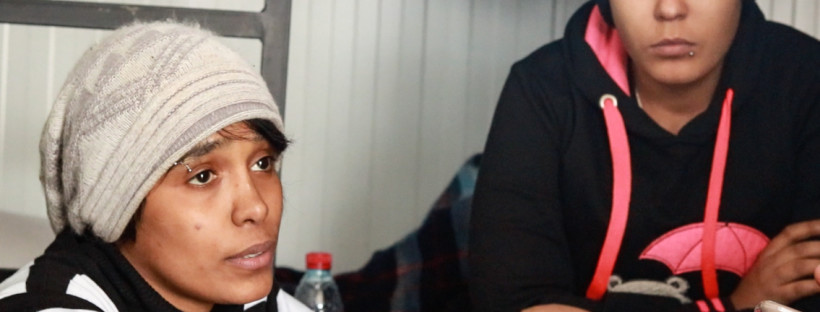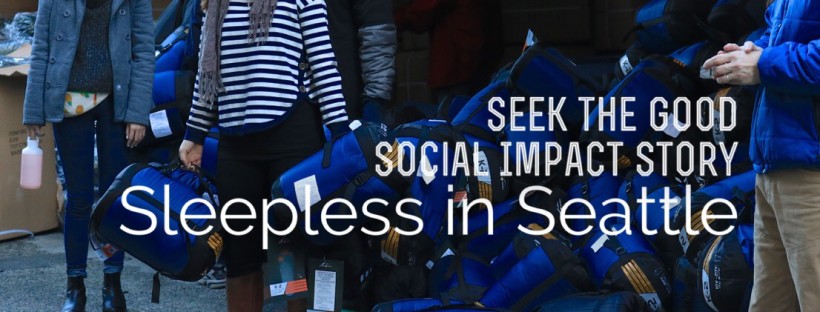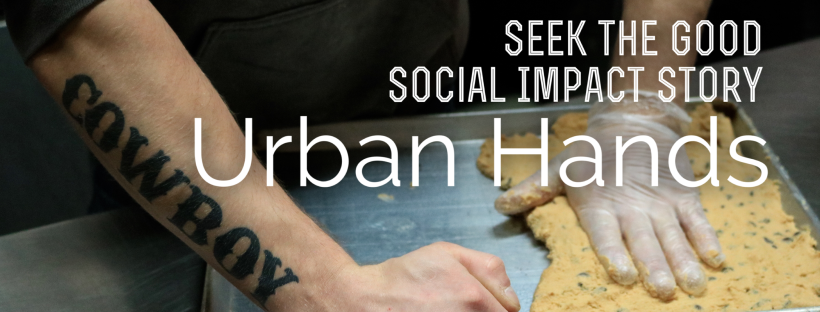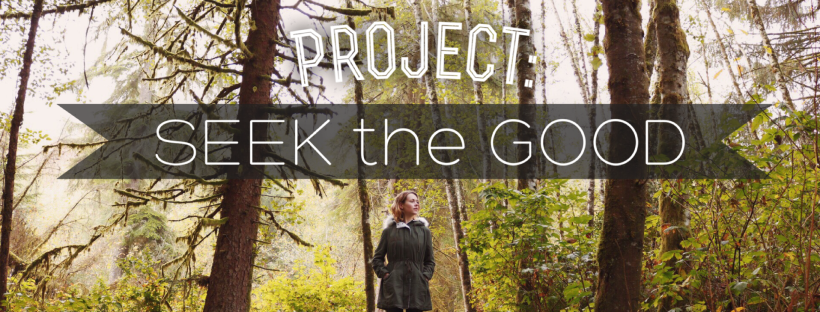In the past few weeks I have been asking myself a lot of big questions…
“What does it mean to be a ‘successful’ 20-something just out of university?”
“What is up with all of my friends suddenly getting engaged and married?”
“Does Ryan Seacrest even age?” (Okay, not totally relevant, but just as perplexing.)
But most importantly, I’ve been asking two central questions: If I was doing what I feel I was made for (no limitations), what would that be? And how do I best use my skills and passions in this season of life to give back? Truth be told, I think we often answer questions like these rashly or we give some “canned” answer that sounds great without intending to follow through. I’ve done both, but I wanted to dig deeper. For some reason I felt like these answers should be so easy to find, yet I quickly learned that finding definitive answers to these questions was more like walking through wet cement than a walk in the park.
However, as I’ve slowly waded through these questions one idea has consistently popped up–an idea for telling stories–specifically stories of people working to impact communities on the margins of society.
Considering how much of the media focuses on the darkness and danger in the world, I started asking myself what it would look like to spread the opposite–hope. So much of my life has been built upon the desire to see the good in others and to find hope in a hopeless situation. From the slums in Kenya to the streets of Seattle, I believe there are stories of joy and hope all over the place. The question is not, “do they exist?,” but, “how do we find them?”
Continue reading →



